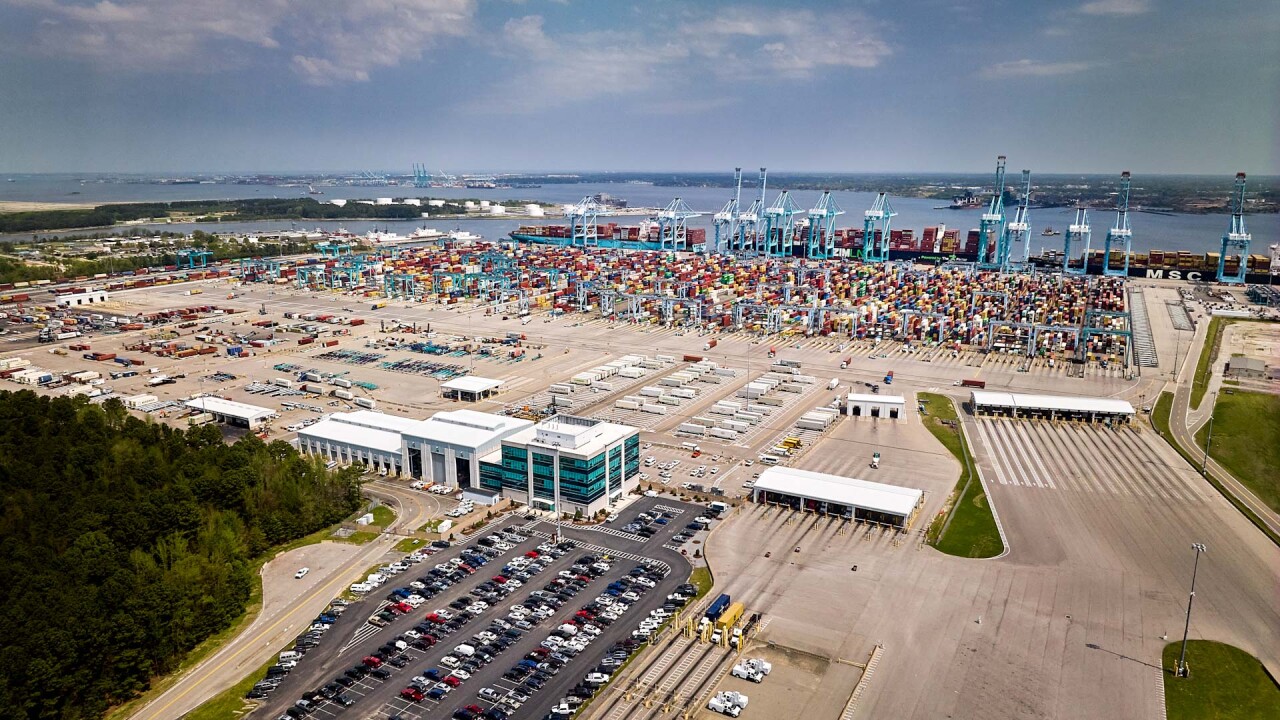Environmental facilities and housing were the municipal bond sectors with the fastest growth in the first half compared to the first half of 2018.
The environmental facilities sector was up 551.8%, housing was up 17.9%, and health care was up 12.4% in the first half of 2019 compared to a year earlier. These increases compare to a 2.0% increase for municipal issuance overall.

All percentages are for par value unless otherwise stated and are comparisons from the figures for the first half of 2019 to the figures for first half of 2018. All dollar-value and number-of-issues statistics are from Refinitiv.
The biggest sectors by par were education (about $48.4 billion), general purpose ($44.2 billion), and transportation ($23 billion).
The sectors with the biggest dollar value increases were education with $2.2 billion and environmental facilities with $2 billion.
The sectors with the biggest percent declines were public facilities with 49.9% and electric power with 12.3%.
The growth in environmental facilities is due to increases in “climate consciousness,” said Jack Muller, vice president in the Citi Municipal Strategies Team. “That includes waste disposal and renewable energy, which is still growing as a proportion of power production in the U.S. every year.”
Justin Hoogendoorn, managing director at Piper Jaffray, said, “municipalities highlighted the importance of bringing aging infrastructure around water and air quality into the modern age with healthier plants and updated facilities.”
Within environmental facilities, new-money issuance was up 1022.8%. Muller said this could be the result of a few large green bond issues.
"Green bonds are a sector quickly growing in popularity with issuers, though it has not gotten as much of a shine from investors just yet,” he said.
Asked why public facilities declined 49.9%, Muller said it “had an outsized year for issuance in 2018 on the back of a handful of large stadium deals, and correctional facilities as well. As a result, the pipeline was very dry by the time we started 2019.”
Within public facilities, the correctional facilities subsector declined 91.4% and the stadiums and sports complexes subsector declined 96.1%. By contrast, the parks, zoos, and beaches subsector was up 54.2%.
“Correctional is down in part because of an aging population and the troubles in the private correctional arena,” John Hallacy, contributing editor at The Bond Buyer, said. To explain the decline in stadium and sports complex issuance, Hallacy pointed to distaste for the required municipal disclosure and the close call on losing the private activity bonds.
Electric power declined by 12.3% because “load growth on the system is not really expanding too quickly so base load projects are not being constructed,” Hallacy said. He added that “alternative energy projects do not command quite as much investment required.”
In the first half issuance from colleges and universities was down 22.2% from a year earlier. Hoogendoorn said “challenging demographics leading to declining enrollments and rising pension liabilities have begun to take a serious toll on many institutions beyond the most … endowed universities.”
“The number of students enrolled in public and private colleges declined from a record high of 21.02 million in 2010 following the financial crisis to 19.66 million in 2017,” Hoogendoorn continued.
Hallacy agreed that the schools were under enrollment pressure. He said that research grants had not kept pace with needs. “Many of the amenity-laden projects that were done to attract students are struggling.”
While health care issuance was up 12.4%, within this sector single specialty hospital issuance was up 260.9%. Hallacy said this was due to a “greater demand for very specialized institutions that attract an outsized number of patients. These facilities usually require different specs and equipment than the average healthcare facility.”
While total issuance in the housing sector was up 17.9%, within this single-family issuance was up 47.3%. “Single-family is mostly run at the state level,” Muller said. “These are the issuers that have the biggest balance sheets and therefore the best ability to retain mortgages. They are also very sophisticated agencies who stay on top of yield curve opportunities and take advantage when appropriate.”
While the transportation sector was down 6.9%, the mass transportation subsector was up 52.9% from a year earlier. “This is probably the result of states taking infrastructure funding into their own hands as the prospects of a big federal bill and the grants they had hoped would follow, dims,” Muller said. “Some legislatures are passing large programs with big sums attached in hopes of financing new projects and it looks like it’s been working.”
The New York City Metropolitan Transportation Authority was active in the first half, Hallacy said.
Within the transportation sector, the seaport subsector was down 83.9%. “[Reduced] trade has affected the port outlook and capital investments come in spurts traditionally,” Hallacy said.





